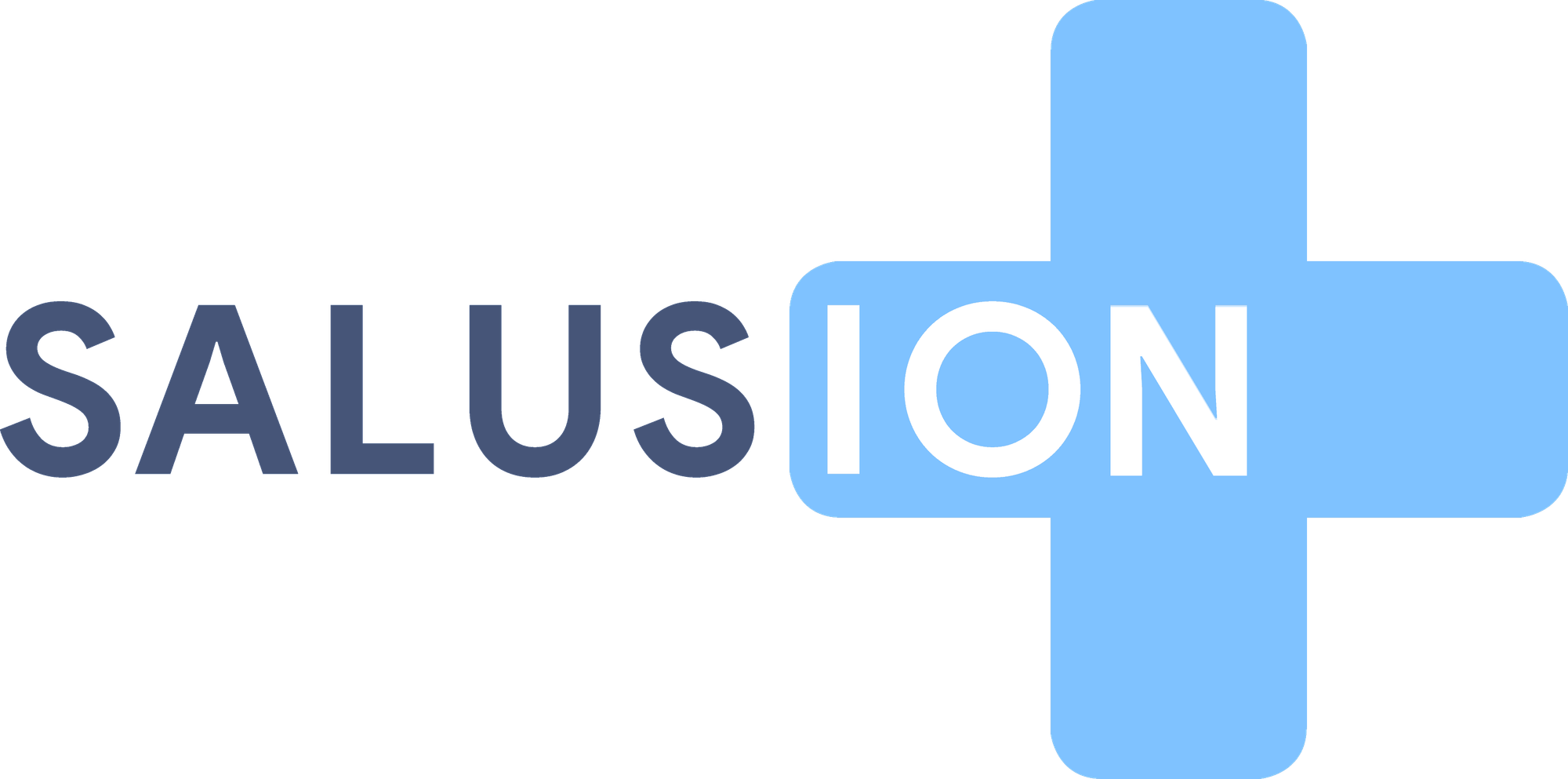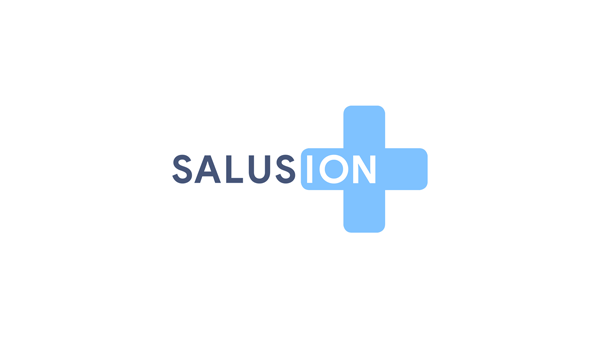A Qualified Small Employer Health Reimbursement Arrangement (QSEHRA) allows small employers to reimburse employees tax-free for medical expenses, including individual health insurance premiums. However, if an employee qualifies for a Premium Tax Credit (PTC) through the Health Insurance Marketplace, the PTC is directly affected by the QSEHRA benefit.
QSEHRA's Impact on PTCs
A QSEHRA is considered affordable if its benefit amount is greater than the difference between:
- The cost of self-only coverage under the Second-Lowest-Cost Silver Plan (SLCSP), and
- 9.02% of the employee’s household income (the percentage is determined by IRS affordability guidelines and changes annually).
What Happens If QSEHRA is Affordable?
If a QSEHRA is deemed affordable, the employee is not eligible for a PTC. This is because the QSEHRA benefit is expected to sufficiently cover the cost of health insurance. Employees in this situation must rely entirely on the QSEHRA for their health insurance costs and will not receive additional financial assistance through the Marketplace.
What Happens If QSEHRA is Not Affordable?
If a QSEHRA is unaffordable, the employee may still qualify for a reduced PTC. However, the PTC is reduced on a dollar-for-dollar basis by the amount of the QSEHRA benefit. The employee may receive only the portion of the PTC that remains after deducting the QSEHRA reimbursement.
Affordability Resources
To determine whether a QSEHRA is affordable, employees should refer to:
- Worksheet N in IRS Publication 974: Helps determine affordability.
- Worksheet Q in IRS Publication 974: Calculates the amount by which the QSEHRA benefit reduces the PTC if the QSEHRA is unaffordable.
Premium Tax Credit (PTC) Overview, Forms, and Calculation
The Premium Tax Credit (PTC) is a subsidy designed to make health insurance more affordable for lower-income individuals and families purchasing coverage through the Health Insurance Marketplace. The PTC ensures that eligible households do not pay more than a certain percentage of their income toward health coverage.
How PTCs are Claimed
Employees can receive PTCs in two ways:
- Advance Premium Tax Credit (APTC): Applied directly to monthly insurance premiums to lower out-of-pocket costs in real-time.
- Year-End PTC Reconciliation: When filing taxes, employees reconcile the total PTC amount. If they received more APTC than they were eligible for, they may have to repay some of it. If they received too little, they can claim the remaining amount as a refund.
Forms Needed to Calculate the PTC
To calculate the Premium Tax Credit, employees should use the following IRS forms:
- Form 8962: Premium Tax Credit: Determines the PTC amount and reconciles any Advance Premium Tax Credit (APTC) received. This form includes sections for adjusting PTC based on a QSEHRA benefit.
- Form 1095-A: Health Insurance Marketplace Statement: Issued by the Marketplace, it includes details about the SLCSP premium and any APTC received, which are necessary to complete Form 8962.
How the PTC is Calculated
The amount of the PTC is determined using the following factors:
- Household Income (MAGI): Compared to the Federal Poverty Level (FPL) to determine eligibility.
- Expected Household Contribution: The portion of income the IRS expects a household to contribute toward health insurance, calculated based on a sliding scale from 0% to 8.5% of household income, depending on where the household falls on the Federal Poverty Level (FPL). The IRS uses an indexed percentage to define this contribution level annually.
- SLCSP Premium: The cost of the Second-Lowest-Cost Silver Plan (SLCSP) in the employee’s area, which serves as the benchmark for determining PTC amounts.
- PTC Formula: However, if the employee receives a QSEHRA, the QSEHRA amount further reduces the PTC dollar-for-dollar.
What Employees Should Do
- When Purchasing Insurance: Employees must report their QSEHRA benefit to the Marketplace. If the QSEHRA is unaffordable, they may still qualify for a PTC, but the PTC amount will be reduced accordingly.
- If Already Receiving a PTC: Employees receiving APTC payments should update their Marketplace information to reflect their QSEHRA benefit. This helps avoid receiving excess APTC, which could result in unexpected tax repayment obligations when filing their tax return.
Conclusion
A QSEHRA is a valuable benefit for small business employees, but it directly impacts Premium Tax Credit eligibility. Understanding affordability rules and how a QSEHRA affects PTC calculations ensures that employees make informed financial and healthcare decisions. Properly reporting QSEHRA benefits to the Marketplace is essential to avoid unexpected tax liabilities and maximize available financial assistance.
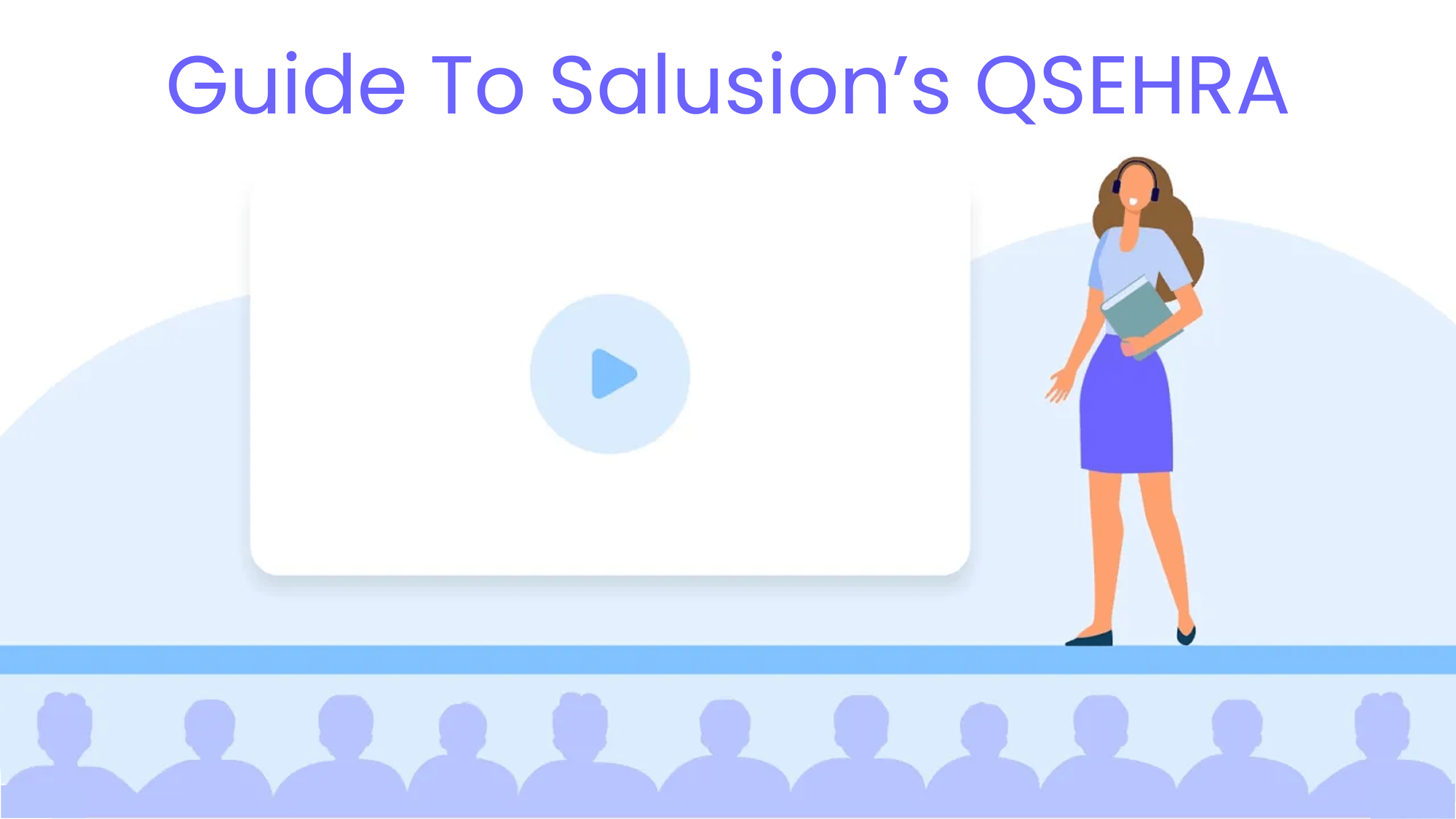
subtopic
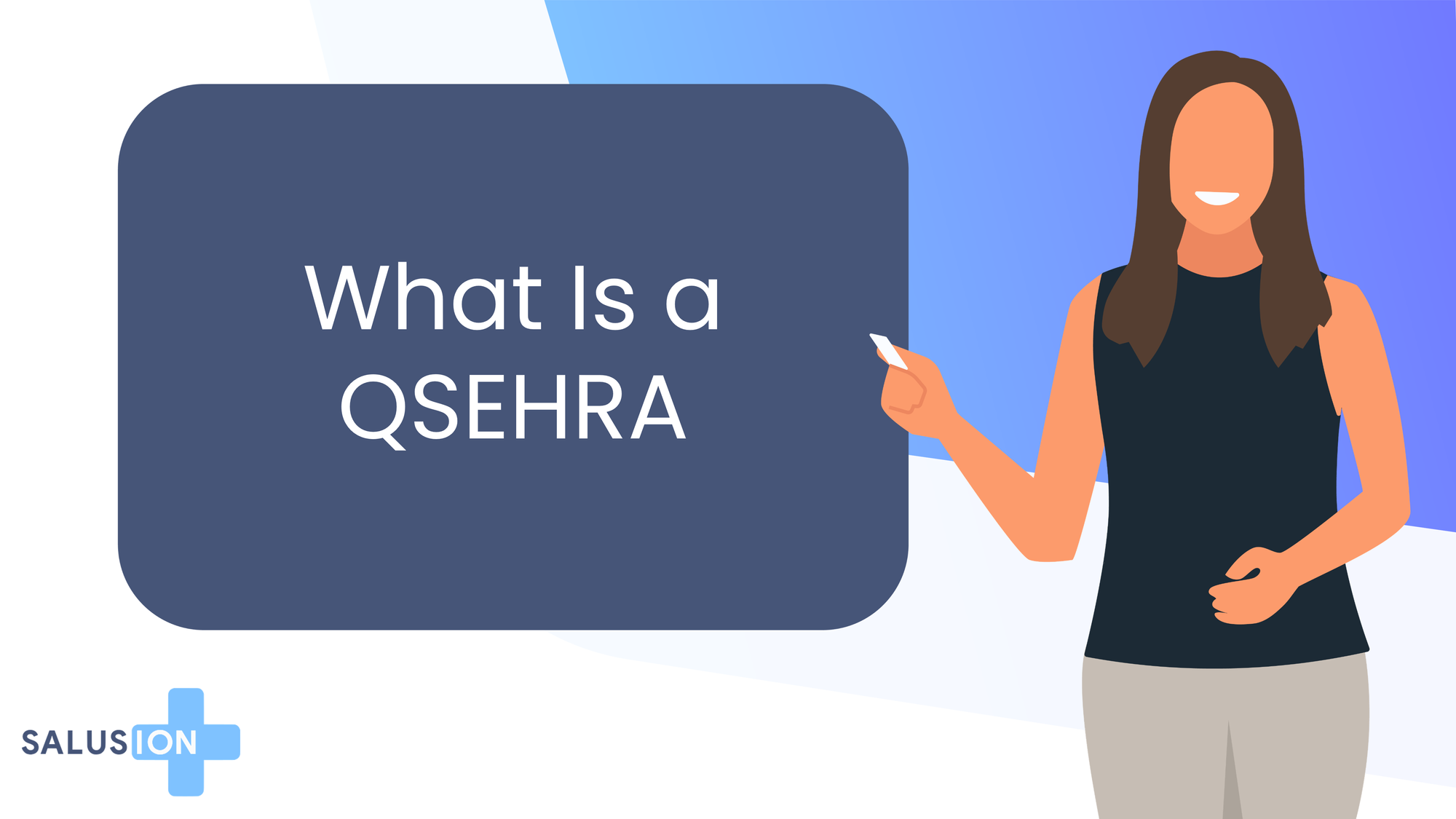
subtopic

subtopic
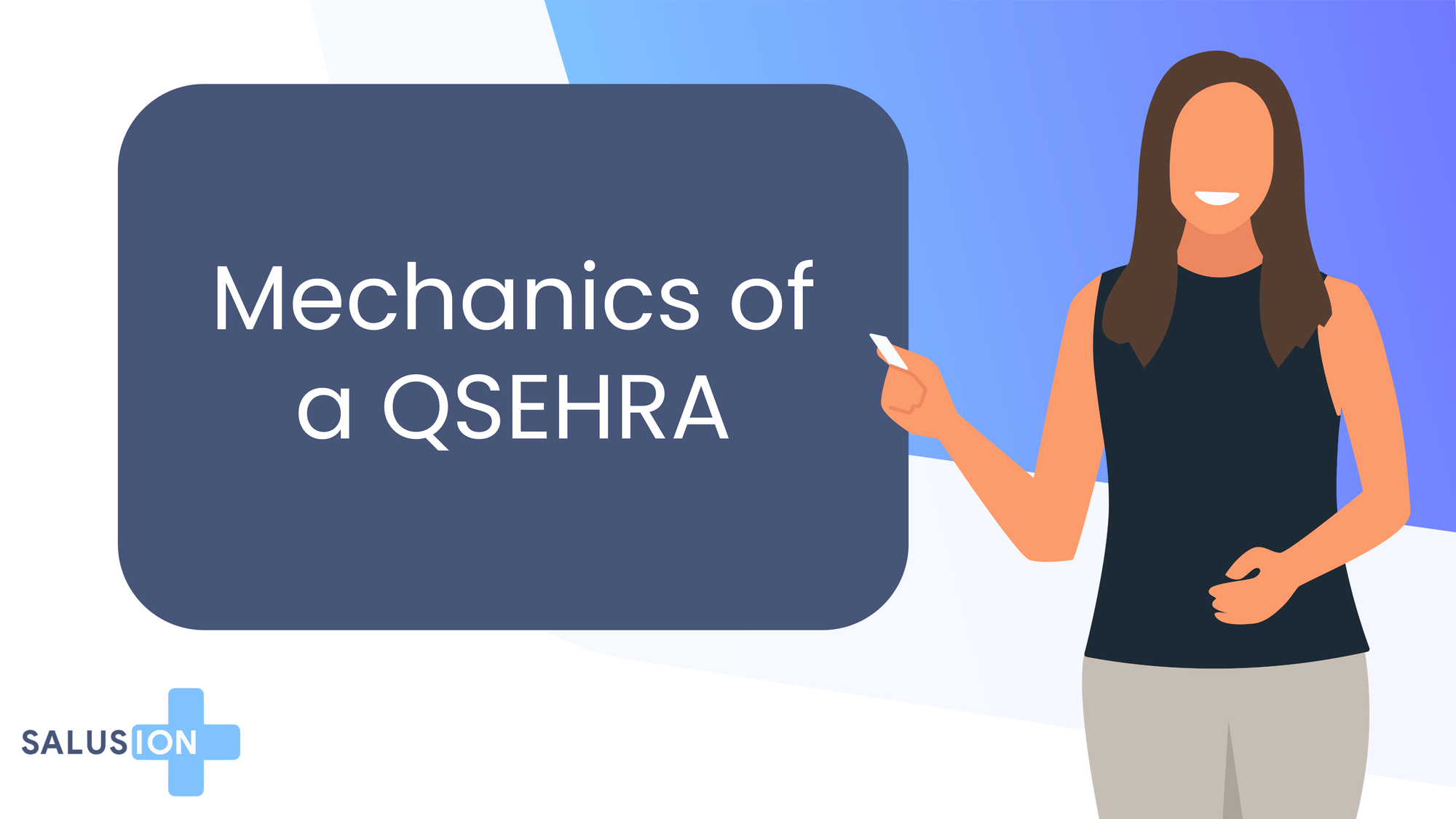
subtopic
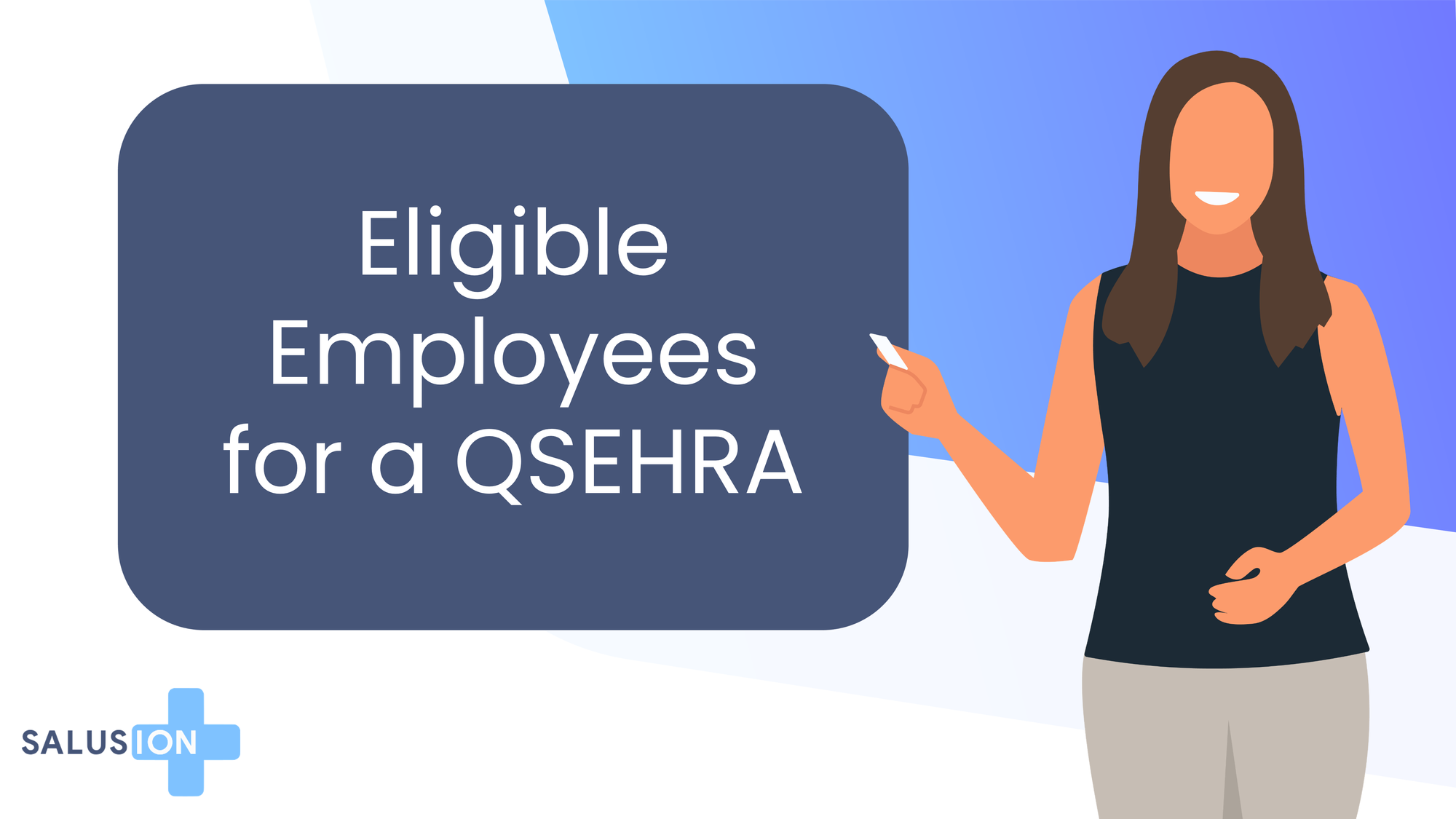
subtopic
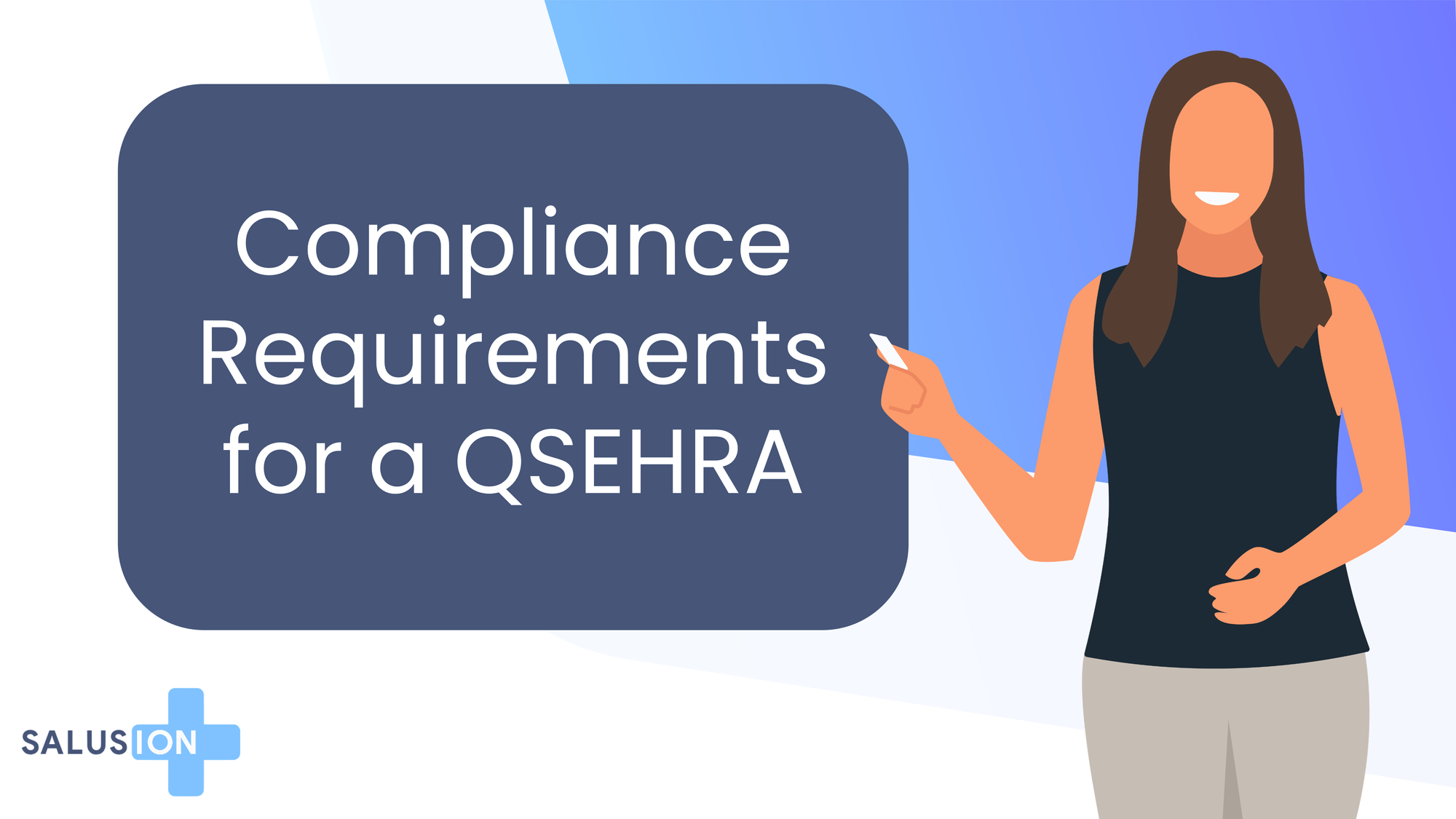
subtopic

subtopic
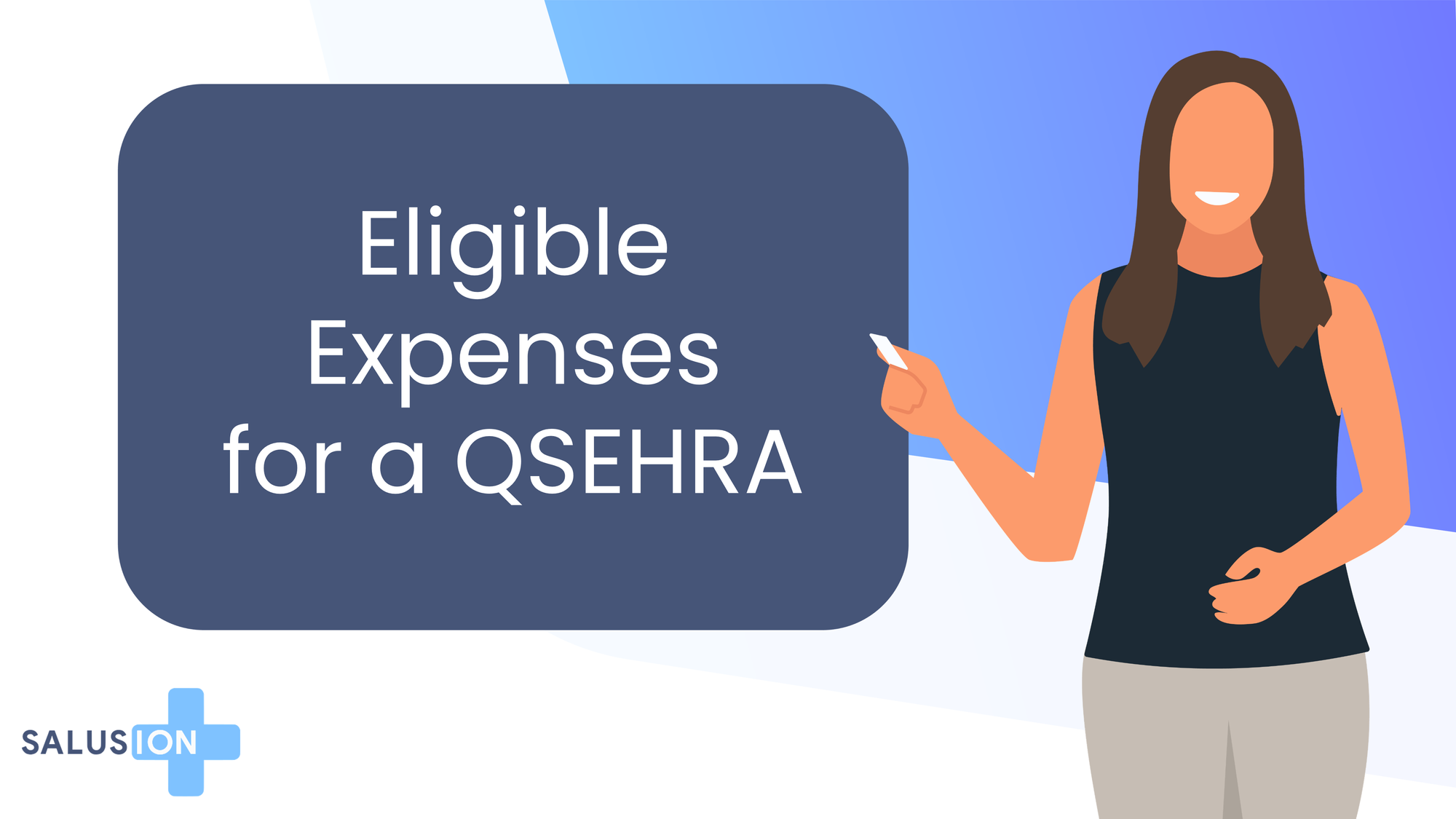
subtopic
